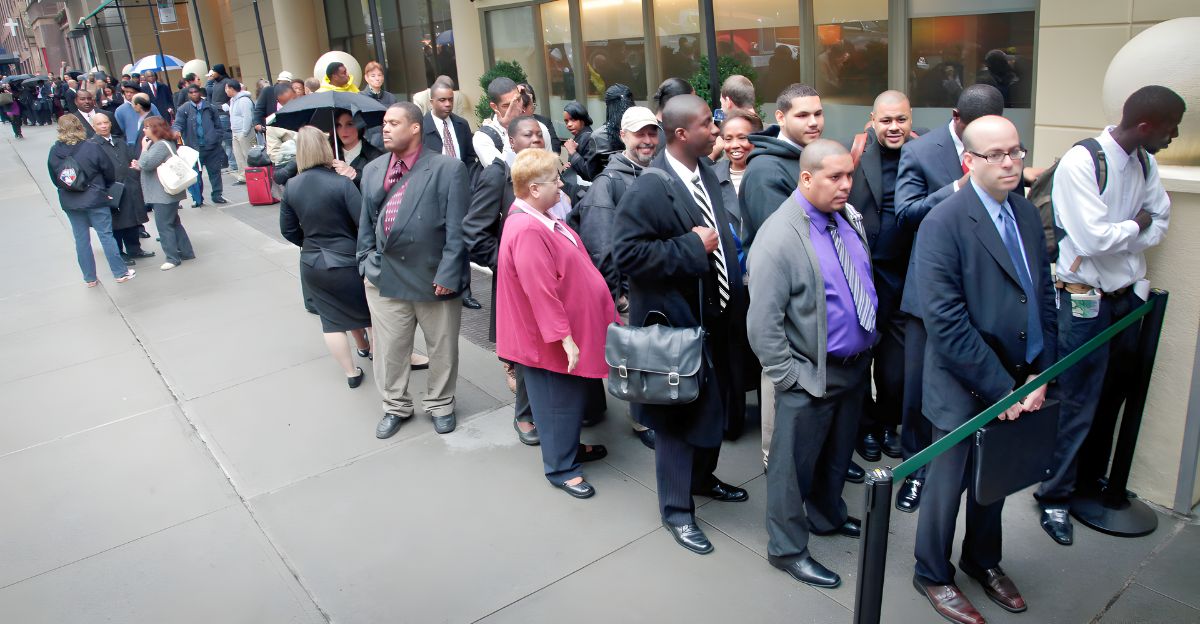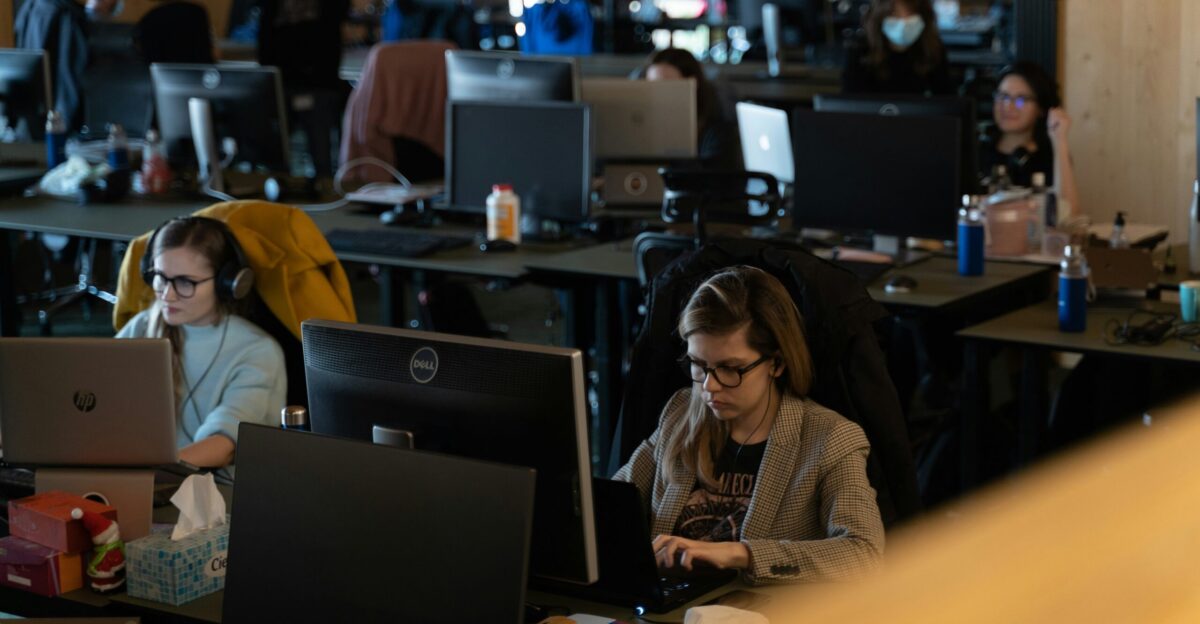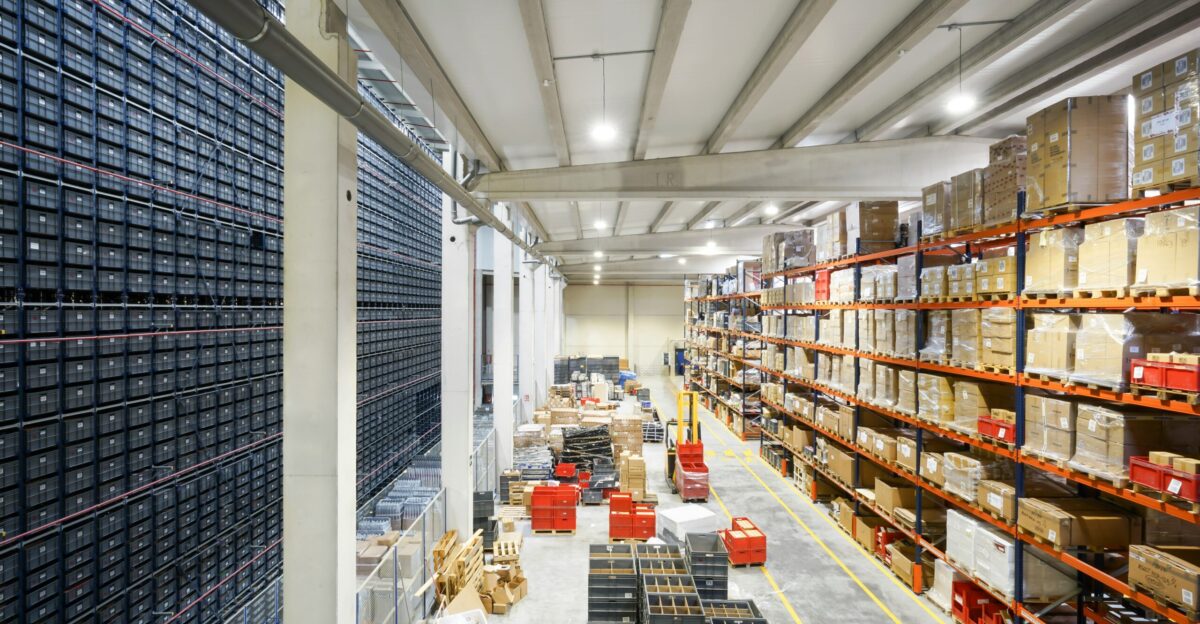
Imagine waking up to the news that the world’s most recognizable companies—businesses you use, trust, and even perhaps dream of working for—have collectively laid off over 50,000 jobs in a few months’ time.
It sounds like a horrifying rumor meant to scare us into appreciating our own employment. Still, this year, thousands of people have been laid off as technology advances, tariffs hit multiple industries, and organizations find themselves unprepared for a changing landscape.
Let’s examine the eight companies that laid off hundreds or thousands of employees and the reasons behind these layoffs.
Why So Many Individuals Are Losing Their Jobs

The answer is not “greedy CEOs” or “poor business.” This year’s layoffs result from a perfect storm: companies are rushing to deploy artificial intelligence, worldwide economic uncertainty constricts budgets, and the post-pandemic boom has given way to a new, slower world.
Add tariffs, inflation, and shifting consumer habits, and even the most lucrative giants are slashing personnel to remain competitive or simply survive.
Which Sectors Are Getting Hit Worst?

Most industries have seen layoffs; however, the tech sector is leading the charge, but it’s not alone. Retail, logistics, manufacturing, and government agencies have all needed to retrench employees.
In Tech, more than 76,000 jobs have vanished, but broad cutbacks are hitting retail chains, delivery giants, and carmakers. The ripple effects can be felt everywhere, from your favorite app to the coffee shop down the street.
Understanding The Economic Impact

The economic impact of these layoffs is already generating shockwaves throughout the broader economy. With their above-average wages, the sudden disappearance of tech employees has slowed down consumer spending and drained economic confidence.
Unemployment claims are rising, wage increases are declining, and people everywhere feel the pinch. If the trends continue, America’s overall economic growth and even GDP will be negatively affected later this year.
When Tech Feels Like Retail—Layoffs Go Viral

Remember when layoffs were discussed in hushed tones in boardrooms? These days, they’re also dissected on YouTube and Instagram, where former employees tell their stories in real time.
Hashtags #layofflife and #techlayoffs trend on TikTok, making private misery a public spectacle. This social media openness is reshaping how companies conduct lay-offs, and the public responds, sometimes empathetically, sometimes with indignation.
What Can You Do If You’re Laid Off?

If you’re one of the 50,000+ (or fear you might be next), remember to breathe. Firstly, it’s important to review your exit documents and entitlements and not rush to make any big decisions.
This is the time to use your networking skills. Many jobs are secured via industry contacts and networks, not job boards. Further, to boost your CV, upskill or reskill your abilities in areas like AI and data analysis.
Also, remember to tap into government support, career guidance, and mental health services. While it’s hard to remain impartial, layoffs are a business decision, not a reflection of your worth or skill.
1. Intel

Intel’s news spooked even seasoned employees: more than 21,000 positions were cut in the most significant tech layoff of the year. The chip giant is restructuring with a new CEO, cutting up to 20% of its workers as it moves to using AI and battles with their international supply chain.
This is a harsh reminder that even the oldest and most established tech brands are susceptible to rapid change.
2. Microsoft

Microsoft had two rounds of layoffs in June, totaling 6,000 employees. It’s a textbook case of innovation’s double-edged sword. As the company spends billions on AI, it’s also streamlining management and demolishing traditional roles, especially in engineering and its Xbox division.
The message is unmistakable: adapt or get left behind.
3. Citigroup

Citigroup will cut about 3,500 jobs in China, predominantly from its information technology services unit, as part of a worldwide strategy reorganization plan.
The cuts are only part of a bigger initiative to reduce the company’s staff worldwide by 20,000 employees through 2026, targeting investment banking, retail, and risk management roles too.
4. Meta

Meta, which owns Facebook and Instagram, laid off around 3,700 employees this year, targeting underperformers and whole business units such as Reality Labs. CEO Mark Zuckerberg calls this a performance drive, but critics see a company struggling to be profitable in a post-growth era.
The cuts have become a lightning rod for criticism, especially from younger workers who once considered Meta to be their dream employer.
5. Amazon

Amazon’s cuts may appear smaller compared to 100 positions in Devices and Services terminated, but they reflect a bigger pattern. Following a hiring frenzy during the pandemic, Amazon now needs to scale back test units and focus on core logistics and its web services (AWS).
For employees, it’s a wake-up call that even the globe’s biggest retailer isn’t immune to changing tides—and job security isn’t guaranteed.
6. Vacasa

Vacasa struggles with decreasing travel demands and increased supply in the tourism and vacation rental industry.
With a net loss of $141 million during the first quarter and a challenging year to come, the company has cut 800 employees, or 13% of its workforce, including 40% of its corporate and central operations employees, as part of a remodel to localize operations and reduce expenses.
7. Starbucks

Starbucks has cut 1,100 corporate jobs to streamline management and recover from consecutive declines in store sales over the last four quarters.
The layoffs target office-based support functions, protecting café workers, and aim to refocus on operating effectiveness, accountability, and integration in a shifting market.
8. FedEx

FedEx has laid off more than 300 employees at a Texas supply chain plant due to losing a key customer. Moreover, company-wide job cuts are estimated at more than 500 as contract shifts and automation efforts expand.
The cutbacks illustrate logistics providers’ vulnerability to unexpected business changes and the growing use of robots and AI.
